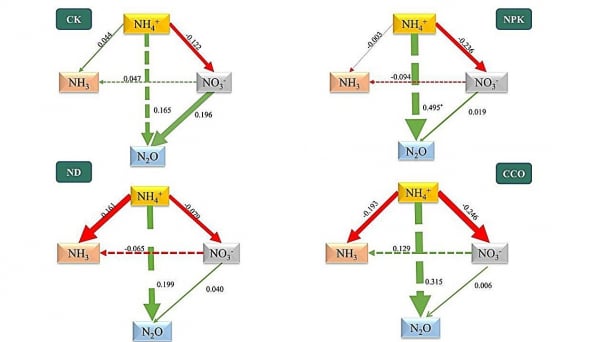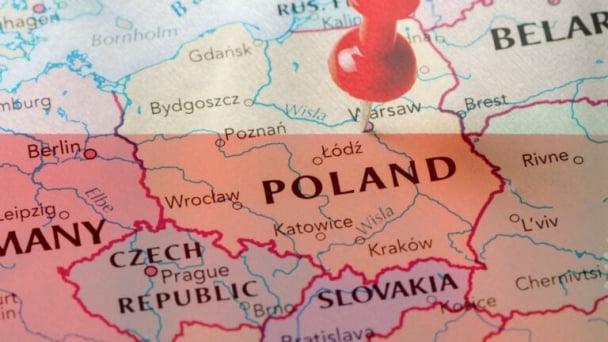June 24, 2025 | 18:47 GMT +7
June 24, 2025 | 18:47 GMT +7
Hotline: 0913.378.918
June 24, 2025 | 18:47 GMT +7
Hotline: 0913.378.918
That is 32% mote than in 2022, the Russian Union of pork producers estimated. Pork sales grew in key export directions, driving further growth in production.

Russian pork sales grew in key export directions, driving further growth in production. Photo: Canva
Export to Vietnam for instance jumped with 130% to 18,800 tonnes and to Hongkong with 140% to 1,600 tonnes. Sales to Belarus increased with 18%, reaching 16,600 tonnes, and Mongolia jumped with 44% to 1,400 tonnes.
On the other hand, Russia sold only 1,400 tonnes of pork to Kazakhstan, 30% lower than the previous year. This is the only key sales market where the export dynamics appeared to be negative.
Easing the oversupply
Yuri Kovalev, chairman of the Russian Union of pork producers, commented that the steady growth in sales to non-Russian customers is expected to largely mitigate the oversupply problem on the domestic market.
He also estimated that Russian farmers produced 1.42 million tonnes of pork during the first quarter of 2023, 5.6% more than in the previous year.
Consolidation continues
Like in previous years, not all Russian farmers benefitted from the growth in export and production. During the first quarter of 2023, industrial pig farms in Russia saw their output jump by 7.1% to 1.32 million tonnes.
Independent and backyard farmers on the other hand, keep downsizing operations – a trend that has persisted in Russia for a decade. Independent farmers produced only 6,100 tonnes of pork, 12.8% less than in the previous year, while backyard farmers 93,800 tonnes, 11.1% lower compared with 2021.
Downward price rally
Despite a positive export dynamic, Russian farmers still see the wholesale price going down. During the first quarter of 2023, the average price of live pigs in the country slumped by 7.5%, Kovalev estimated, reminding that during the entire 2022, the average price dropped by only 6%.
On the one hand, the falling prices eat into farmers’ profitability, but on the other, as Kovalev pointed out, it secures consumption growth and, consequently, a boost in demand on the Russian market.
China is still a distant dream
Russian farmers still hope that the Chinese market will be opened for export one day, but there is no progress in this field. Russian President Vladimir Putin has recently told journalists that: “It would be easier to export drones than pork to China” because “drones do not suffer from African swine fever (ASF).”
During the past few years, Russian pig companies asked Putin to facilitate the opening of the Chinese market, but ASF appears to be a stumbling block in the negotiations.
(PP)

(VAN) Researchers from the Institute of Applied Ecology of the Chinese Academy of Sciences have developed a new environmentally friendly fertilizer additive that significantly enhances crop yields while reducing emissions of harmful gases.

(VAN) Poultry production in Poland, which has only started recovering from devastating bird flu outbreaks earlier this year, has been hit by a series of outbreaks of Newcastle disease, with the veterinary situation deteriorating rapidly.

(VAN) Extensive licensing requirements raise concerns about intellectual property theft.

(VAN) As of Friday, a salmonella outbreak linked to a California egg producer had sickened at least 79 people. Of the infected people, 21 hospitalizations were reported, U.S. health officials said.

(VAN) With the war ongoing, many Ukrainian farmers and rural farming families face limited access to their land due to mines and lack the financial resources to purchase needed agricultural inputs.

(VAN) Vikas Rambal has quietly built a $5 billion business empire in manufacturing, property and solar, and catapulted onto the Rich List.

(VAN) Available cropland now at less than five percent, according to latest geospatial assessment from FAO and UNOSAT.